
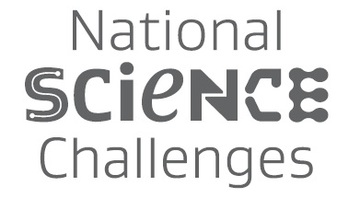
As New Zealanders looking to the future, we are faced with many opportunities – and challenges. These include improving the health of all our people, advancing our economic growth, protecting our ...
READ MORE
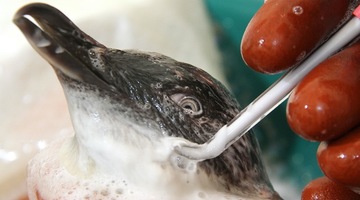
Emma Sommerville had just arrived in the Bay of Plenty from Christchurch, after experiencing the Canterbury earthquake disaster, when the Rena ran aground. Having just completed her master’s ...
READ MORE
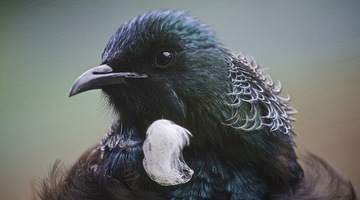
New Zealand is world famous for its unique birdlife. In our resources on conserving our native birds, we look at the issues surrounding the conservation of some of our threatened bird species ...
READ MORE
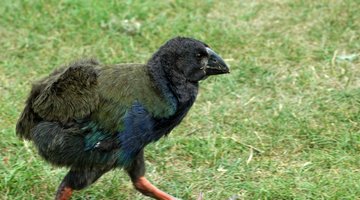
In this activity, students consider the conservation of native birds from a number of different perspectives. By the end of this activity, students should be able to: examine the conservation of ...
READ MORE
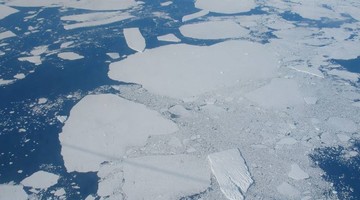
In this activity, students investigate some of the properties of seawater. By the end of this activity, students should be able to: discuss that salt dissolves in water explain that dissolved ...
READ MORE
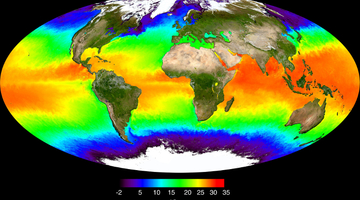
In this activity, students look at what happens when hot and cold water meet. By the end of this activity, students should be able to: discuss how temperature affects the density of water discuss ...
READ MORE
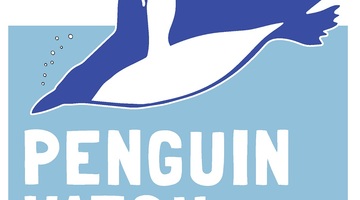
Help scientists establish valuable baseline data about the numbers, locations, habits and health of penguins in a range of Southern Ocean sites. This information will enable better understanding ...
READ MORE
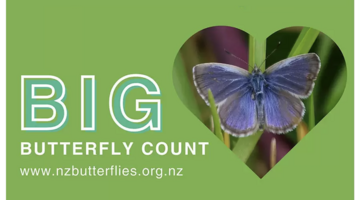
This New Zealand-based citizen science project collects data about butterflies in our gardens, schools, parks and farms – any location in the country or on the outer islands. This annual event – ...
READ MORE
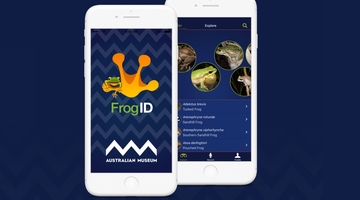
FrogID is an Australian app that uses audio of frogs’ unique calls to identify various species and their locations. We can use it in Aotearoa New Zealand to record the location of introduced ...
READ MORE

New Zealand is well known for its unique bird life. Our endemic birds evolved in an isolated, island environment. The arrival of people, the deliberate and accidental introduction of mammalian ...
READ MORE

In this online PD session recorded on 15 October 2015, primary school teacher Kim MacPherson talks about the Science Learning Hub’s resources – Conserving native birds – and how she used a ...
READ MORE
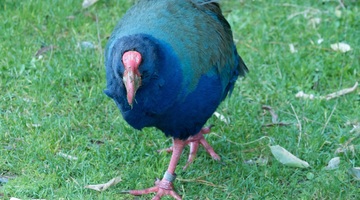
This class case study provides an example of introducing ethical thinking into the classroom to explore a controversial issue in science. It shows how the ethical frameworks in the Ethics ...
READ MORE
Kiwi – Aotearoa New Zealand’s national icon – are under threat from introduced pests. In this episode of Project Mātauranga, Dr John McLennan and members of the Lake Waikaremoana Hapū Restoration ...
READ MORE
Immediately following the grounding of the Rena on the Astrolabe Reef, the Bay of Plenty Polytechnic and the University of Waikato formed a marine response team. This team surveyed local marine ...
READ MORE
This is a simple explanation of what greenhouse gases are and how they function. This one minute animated video from TVNZ demystifies some of the scientific and technical language.
READ MORE

We can use our senses to identify birds – there are lots of clues. Please check the speaker notes that accompany the slides. They contain activity instructions, prompting questions and teaching ...
READ MORE

Ka taea e tātou te whakamahi i ō tātou rongo ki te tautohu manu – e hia nei ngā tīwhiri. Me maumahara ki te tirotiro i ngā taipitopito kei te taha o ngā kiriata. Kei roto ko ngā tohu ngohe, ko ...
READ MORE

Kimihia mai i ngā kōrero mō ngā kaupapa atawhai he aha hoki ngā mahi e taea kia tū ai hei kaitiaki. Me maumahara ki te tirotiro i ngā taipitopito kei te taha o ngā kiriata. Kei roto ko ngā tohu ...
READ MORE